The Edinburgh Realty Blog
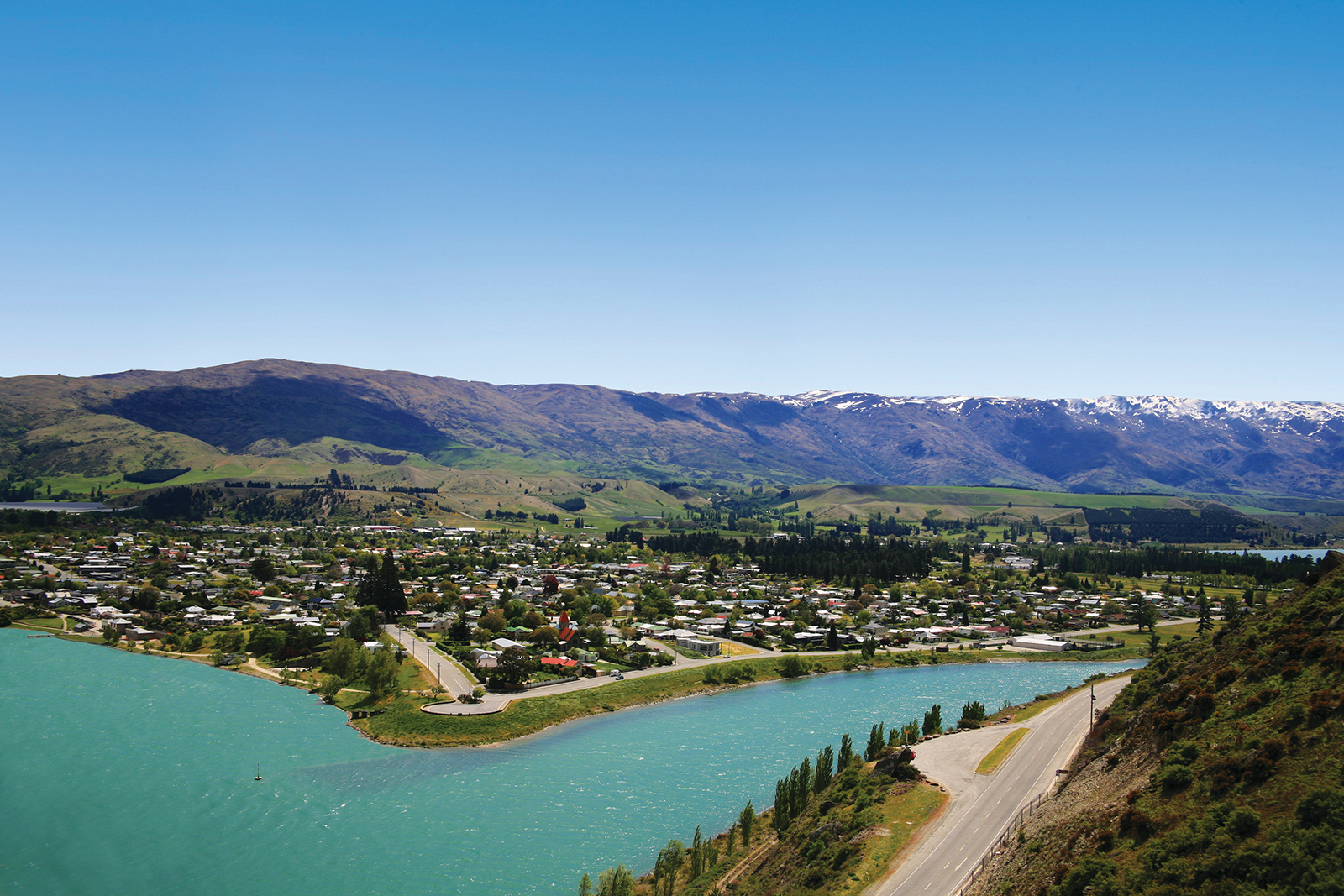
Cromwell
Cromwell was originally known as "The Junction", being at the confluence of the Clutha and Kawarau Rivers. In 1862, gold was discovered below the Junction by two miners, Hartley and Reilly. Once the word of a gold strike was out, there was an influx of several thousand miners to the area.
The first Chinese arrived in Cromwell via Dunedin in 1866, some four years after the founding of the township. They initially set up camp near Gibraltar Roack in the Cromwell Gorge but by 1870 some Chinese storekeepers had established themselves at the upper (west) end of Cromwell’s main street, Melmore Terrace on the (true left) banks of the Kawarau River. This gradually formed the nucleus of Cromwell’s ‘Chinatown’.
As gold ran out, Cromwell became the service centre for an extensive farming and stone fruit growing area. It has a strategic location between the Lindis and the Haast Passes and acts as a hub between the towns of Wanaka, Queenstown and Alexandra. The former is commemorated with the giant sculpture of stone fruit, which stands outside the northern end of the town.
With the construction of the Clyde Dam, Cromwell became the residential and administrative centre for the development. A new suburb was joined onto the old town to house hydro workers. The former business centre in Melmore Terrace was relocated adjacent to the State Highway in a new mall. Other sporting, educational and cultural facilities were upgraded to a high standard.
The decision to build Clyde Dam and use Cromwell as the accommodation base brought many changes to the town. Approximately one-third of the town was rebuilt on higher ground. The changes included the doubling of the residential area, relocation of the old town centre (now called "Old Cromwell Town"), upgrading of services, and the provision of modern educational and sports facilities, and a new bridge. The relocated town centre, or "The Mall," now houses the main retail, service and civic buildings in Cromwell. Several of the old buildings of the town which escaped the flooding have been retained as a historic precinct close to the shore of the Kawarau.
Before it was destroyed to make way for Lake Dunstan behind the Clyde Dam, Cromwell’s Chinatown was the best preserved example of a New Zealand Chinese urban settlement. It also had the greatest longevity of some fifty years. Shops were established along Melmore Terrace, while a residential area was formed below on the steep banks of the Kawarau River.
Cemetery records indicate the last Chinese burial in Cromwell was in 1924 – probably representing the end of the Cromwell Chinese era. Between 1863 and 1938, there were 85 deaths of Chinese registered out of a total of 1300.
Cromwell’s Chinatown was excavated in 1980 by a team of archaeologists from the New Zealand Historic Places Trust. The site was programmed for destruction as part of the lakeshore works associated with the formation of Lake Dunstan. The excavation uncovered 20 huts, 6 suspected huts, several sections of stone revetted terraces, a spring, and two possible shafts. The excavations concentrated on the interiors and immediate surrounds of the huts, with smaller sampling undertaken on garden terraces and dumps. A wealth of structural and material remains was uncovered, catalogued and recorded.
Cromwell has maintained its function as a service base for a large rural hinterland. The continued growth of orcharding and the emergence of the wine industry will enhance the town's future regional importance. Lake Dunstan has added to the growing list of attractions and opportunities for the area with activities such as picnicking, fishing, boating, sight-seeing, cruising etc.
Cromwell is strategically placed as a holiday centre for the whole of Central Otago. It is only 50-60 kilometres from the lake and ski resort towns of Queenstown and Wanaka. Apart from its location as a hub of three major gorges, Cromwell's other attractions include its pleasant and dry climate with sparse rainfall.
Cromwell College is the town's Form 1 to 7 high school and boasts a magnificent auditorium and gymnasium. Two other primary schools service the younger children. Other major facilities for the town include a comprehensive greenway and reserves system, golf, squash and bowls clubs, and Town and Country Club, and the 25 metre, twin covered pools at the Cromwell Swim Centre. An artificial turf hockey field was completed in 1997. There are three camp grounds in the district: Cromwell Holiday Park, Cairnmuir Camping Ground, and Bannockburn Domain Camping Ground.

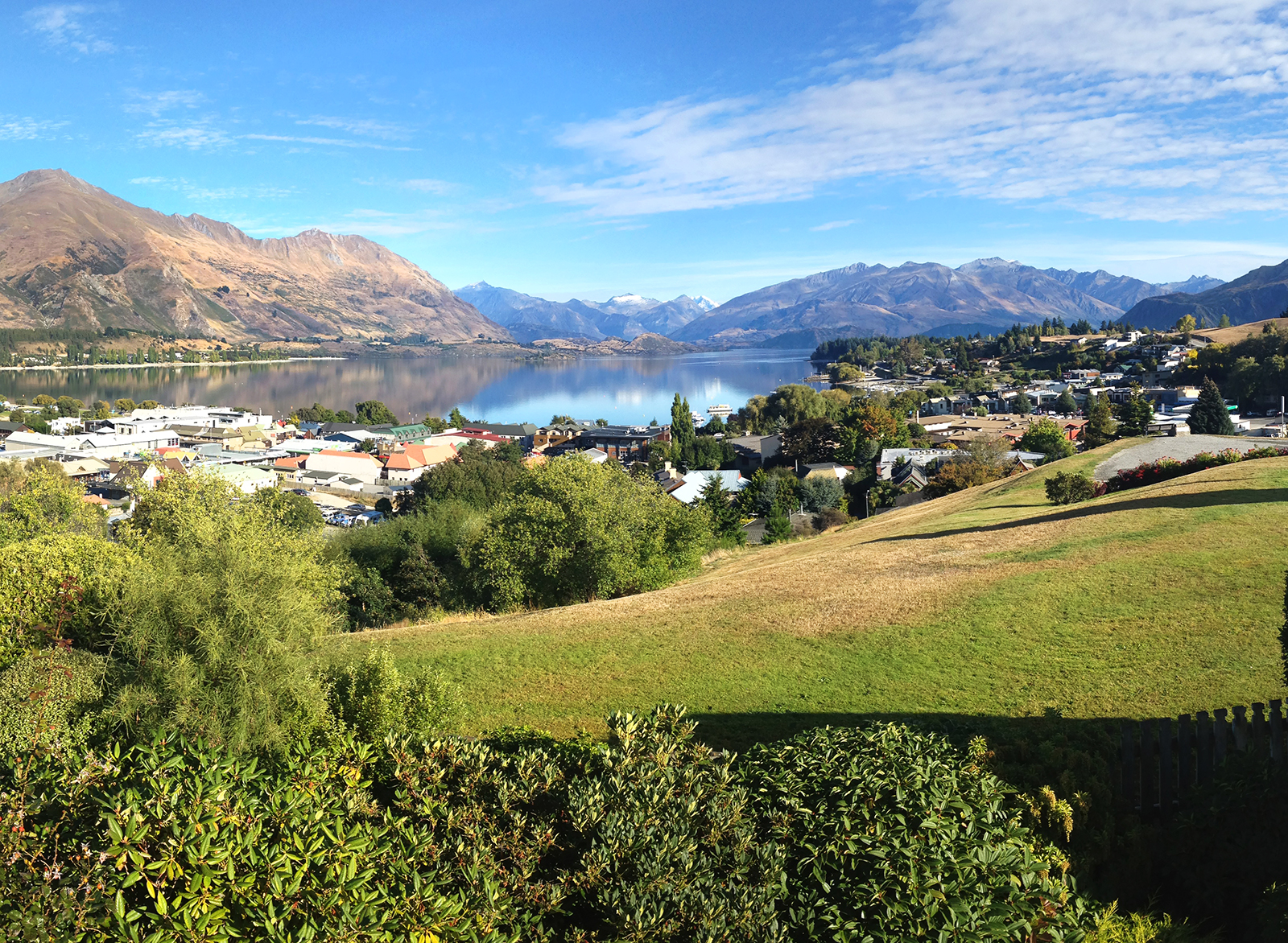 Wanaka >>
Wanaka >>
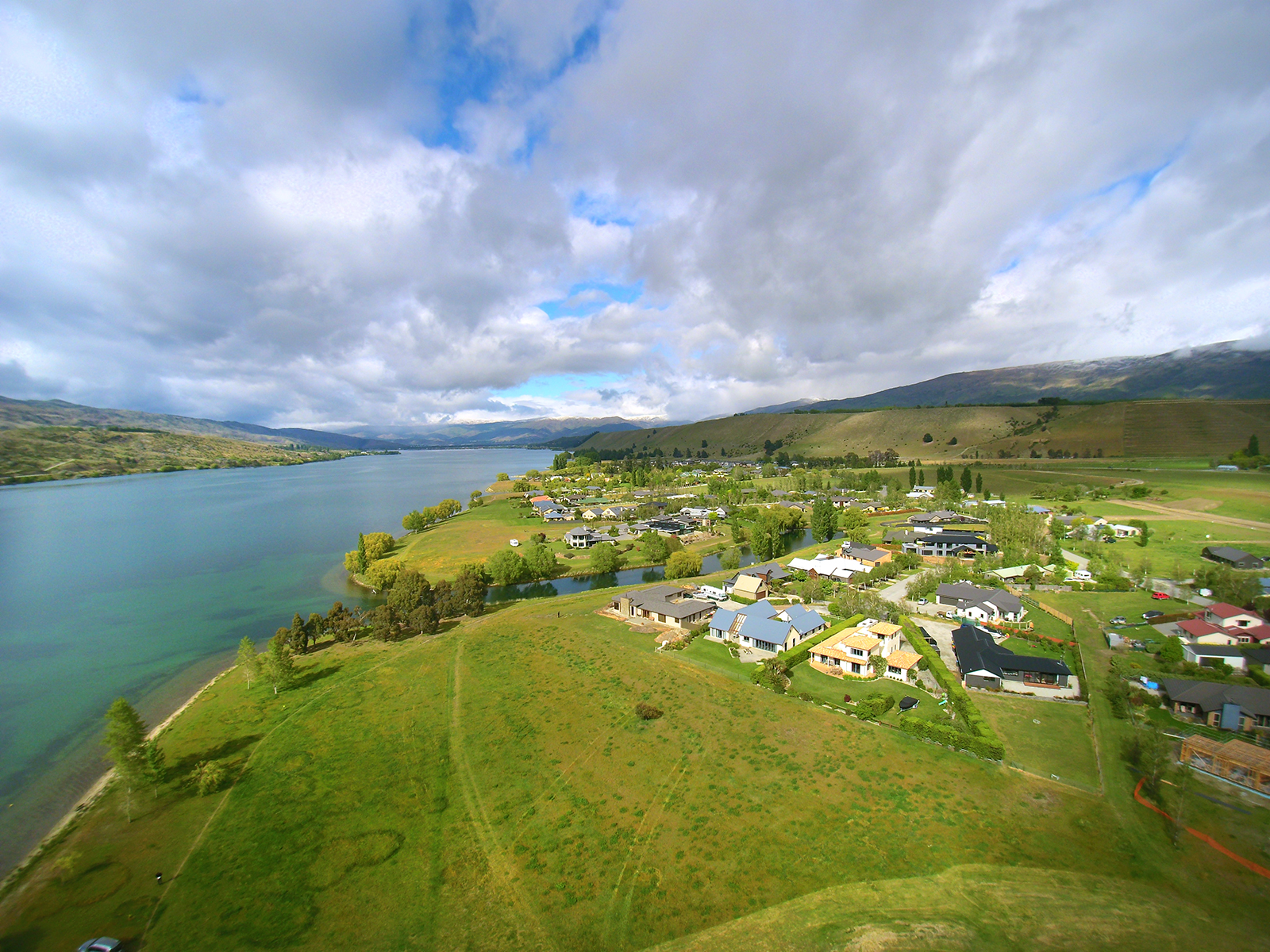 Pisa Moorings >>
Pisa Moorings >>
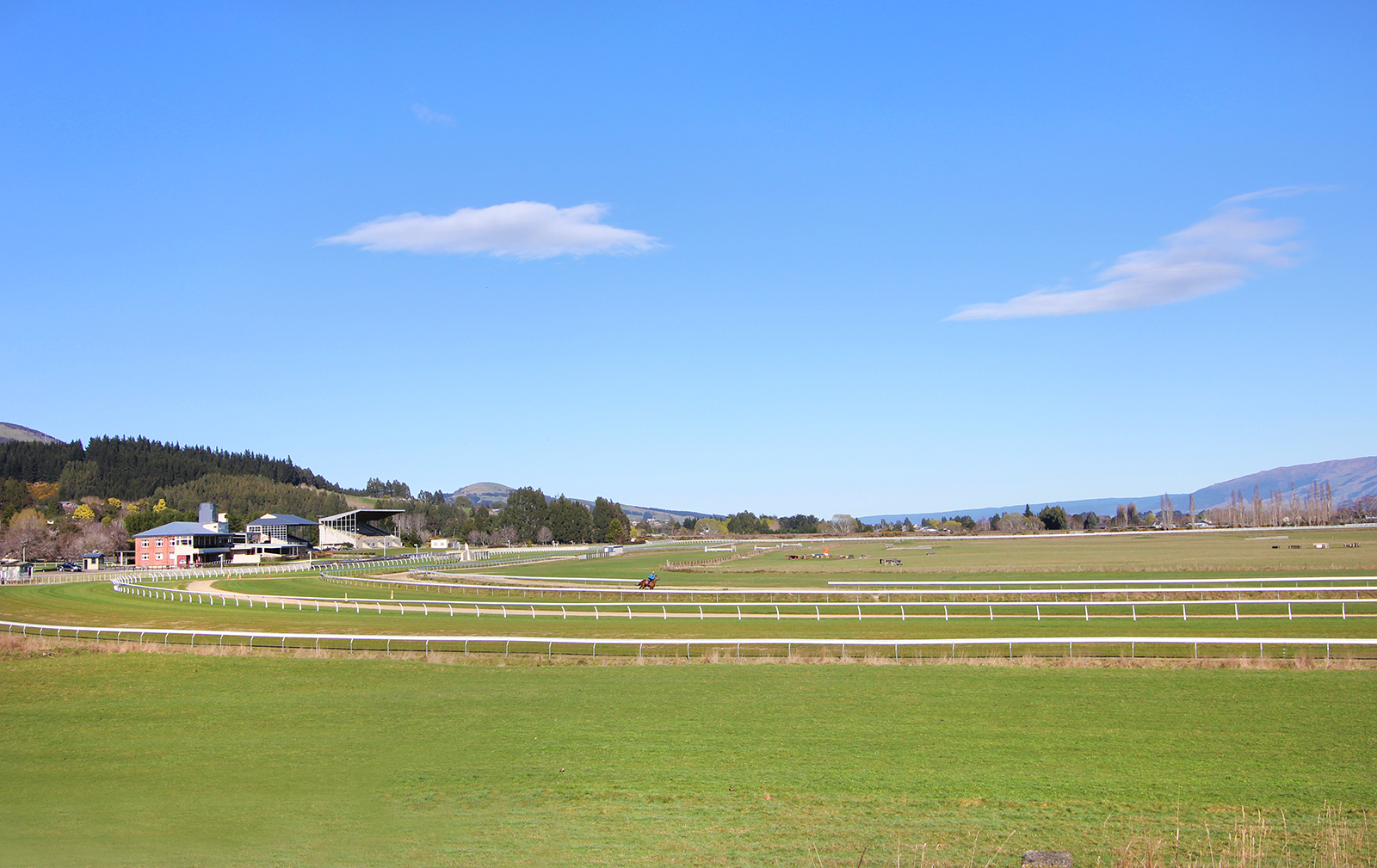 Wingatui >>
Wingatui >>
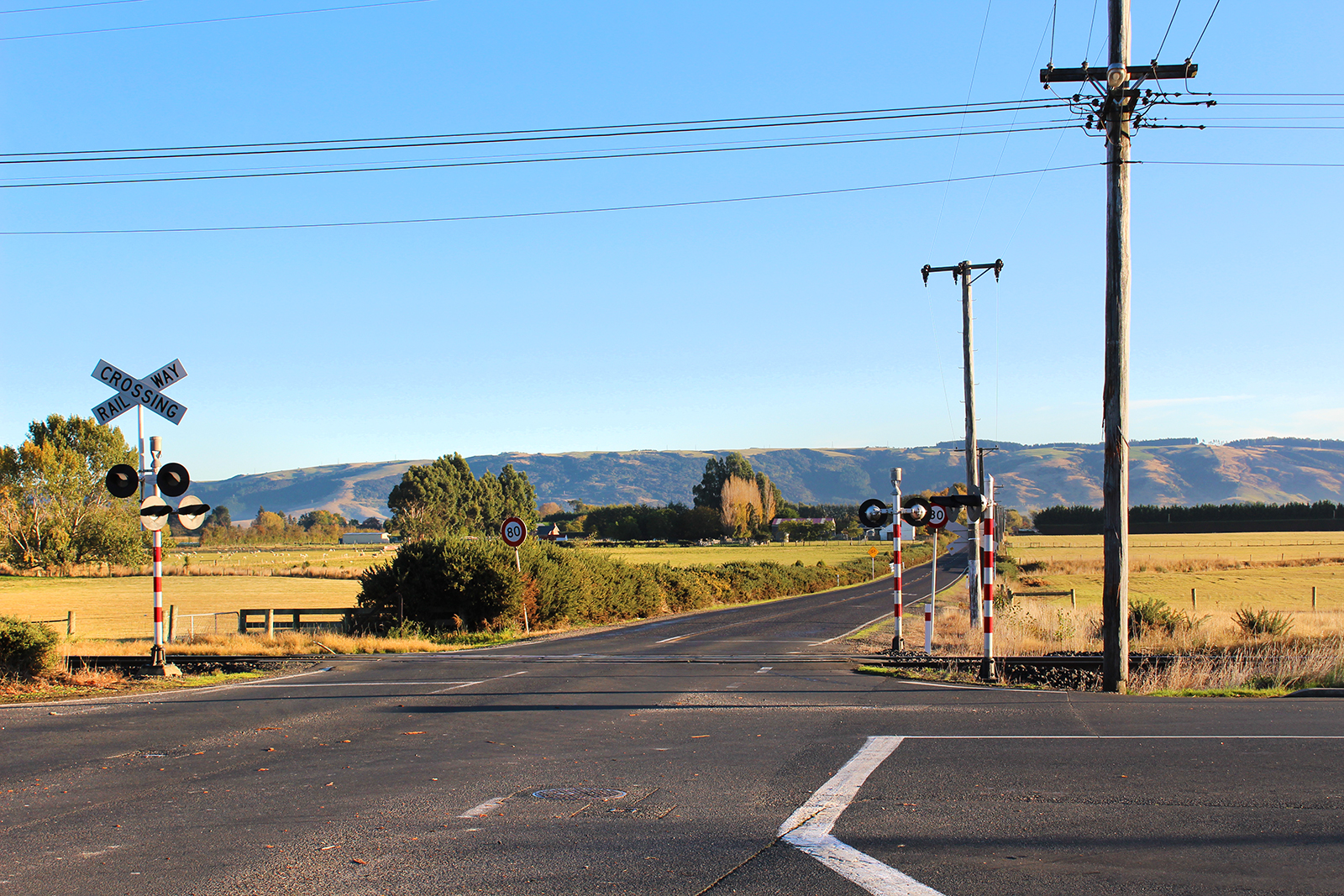 East Taieri >>
East Taieri >>